Fujifilm X-H2 Sample Gallery: A brief look at that all-new 40MP APS-C X-Trans camera
posted Friday, September 16, 2022 at 10:00 AM EDT
• Fuji X-H2 Gallery (Beta Firmware) •
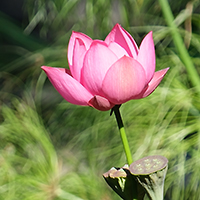
Last week, during Fujifilm's X Summit event in New York City, the company announced its second flagship X Series camera, the Fuji X-H2. From the outside, this new top-of-the-line APS-C X-Trans camera looks and feels identical to the previously unveiled X-H2S. It's on the inside where the differences lie. The X-H2S, as the "S" branding indicates, is all about speed and performance, thanks to its super-fast 26.1MP stacked X-Trans sensor. Meanwhile, the X-H2 is focused on resolution and fine detail performance thanks to its all-new 40.2-megapixel X-Trans sensor, which makes it the highest-resolution APS-C camera on the market.
The X-H2's 40MP X-Trans CMOS 5 HR -- HR for high-resolution -- is paired to the same fifth-generation X Processor 5 engine. The camera has a slightly different ISO range from its faster sibling, with a native base ISO starting now at ISO 125. The ISO rises to 12,800 but can be expanded up to ISO 51,200. The low ISO ranges can also be expanded to an even lower ISO 64. In terms of AF and speed, the X-H2 shares a lot with the X-H2S, as one might expect. Both cameras offer an upgraded autofocusing system with several Deep-learning-based subject detection modes, such as face- and eye-detection for humans, birds, and animals, as well as general subject detection for planes, trains, automobiles and motorcycles.
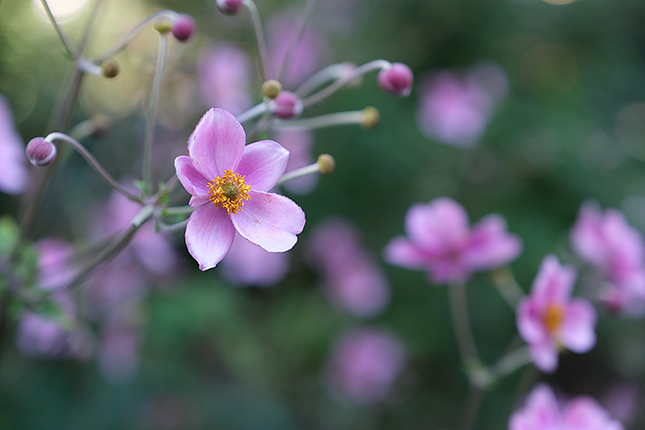
The X-H2 offers burst speeds up to 15fps at full resolution with the mechanical shutter (just like the X-H2S) and up to 20fps with the electronic shutter. That's still quite fast, but it's not nearly as speedy as the 40fps burst shooting in the X-H2S when using the electronic shutter. Additionally, the 20fps burst mode in the X-H2 is with a 1.29x crop, whereas the 40fps burst on the X-H2S uses the full size of the sensor.
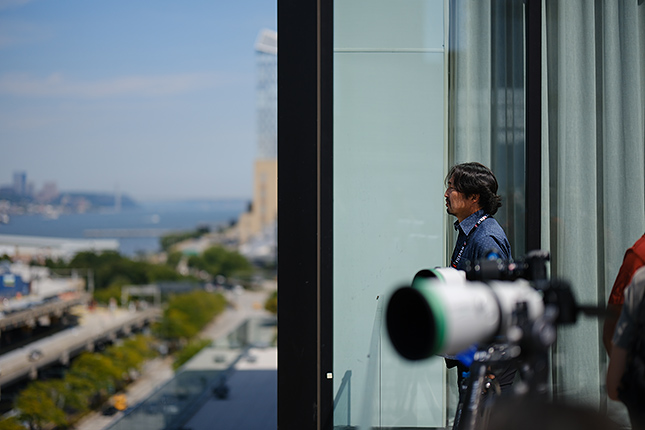
However, if you need even more detail, the X-H2 offers a unique trick up its sleeve: a Multi-shot Pixel Shift shooting mode. Using the camera's built-in image stabilization system, the X-H2 can make 160-megapixel images. The process requires the camera to capture 20 individual frames, each time moving the image sensor by a fraction of a pixel. You can then combine the images using Fujifilm's Pixel Shift Combiner software. The image compositing cannot (at least for now?) be done in-camera, due to the sheer processing time required to composite 20 40-megapixel images.
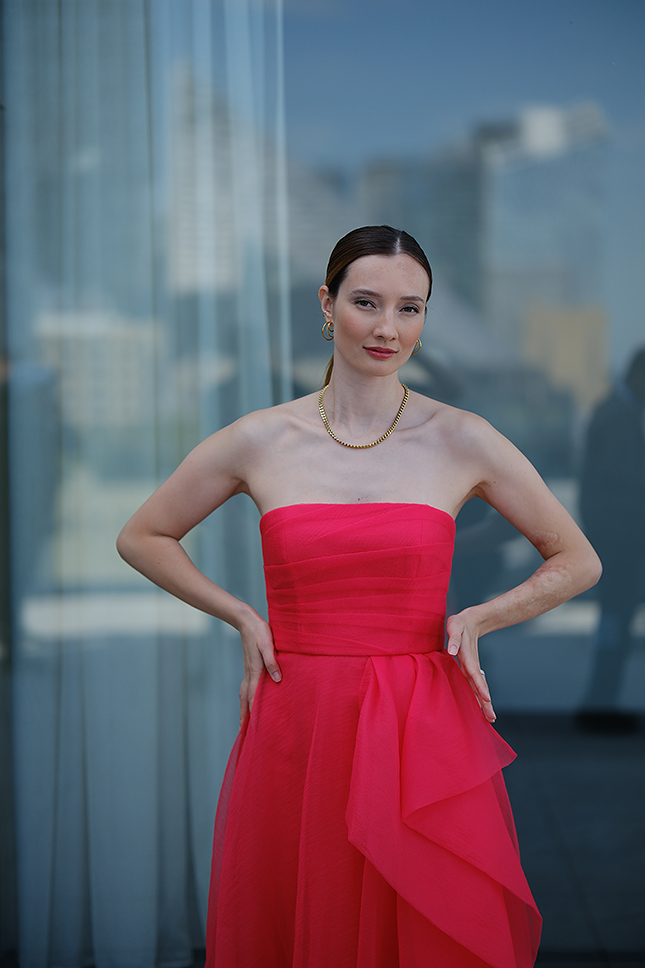
All-in-all, the Fujifilm X-H2 is arguably a more general-purpose camera, offering both resolution and capable speeds, plus a $500 advantage over the speedier X-H2S, all while having a rugged design and comfortable handling. It's shaping up to be a fantastic and versatile pro-level mirrorless camera. After the New York product launch and during the following Saturday's big Fujikina NYC event, I got some hands-on time with the new X-H2, albeit only briefly, and I have an initial sampling of real-world photos to share. I only had a few hours here and there to capture images, and we weren't allowed to hang onto these cameras after the event, unfortunately. Also, please be aware that the cameras I used were pre-production samples, so the final image quality could change once these cameras hit the market.
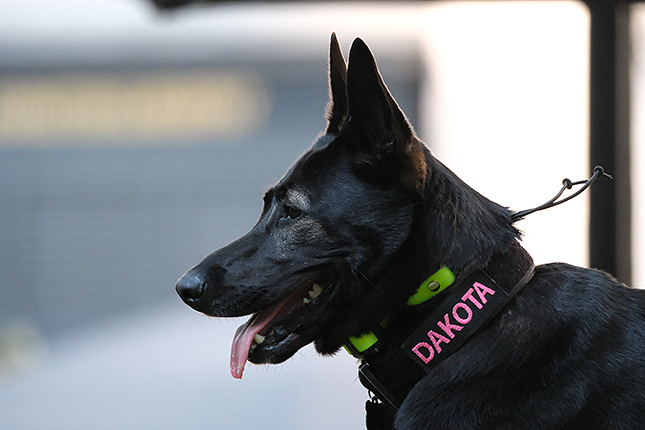
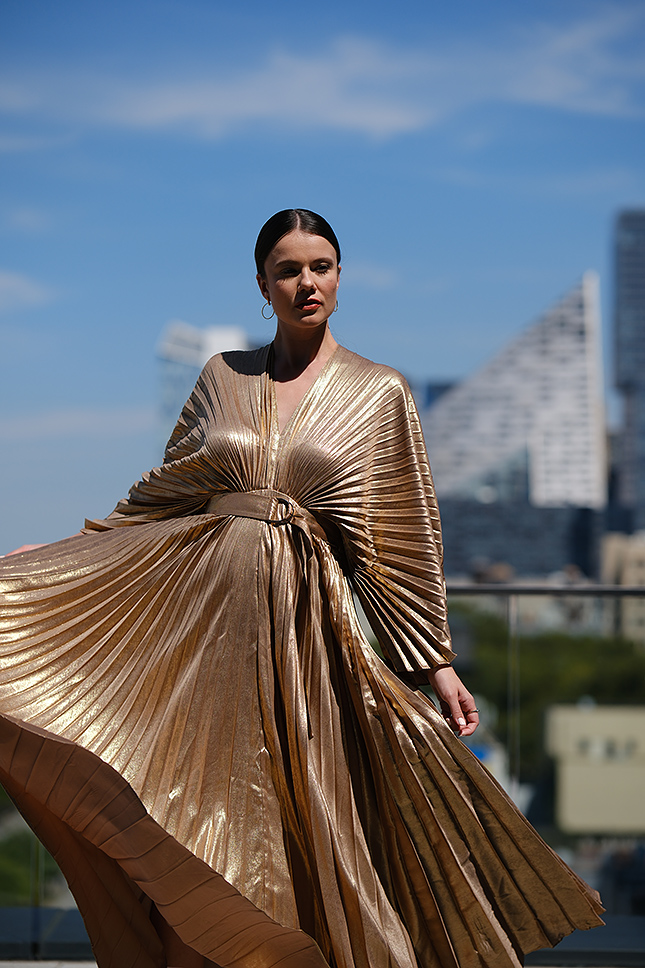
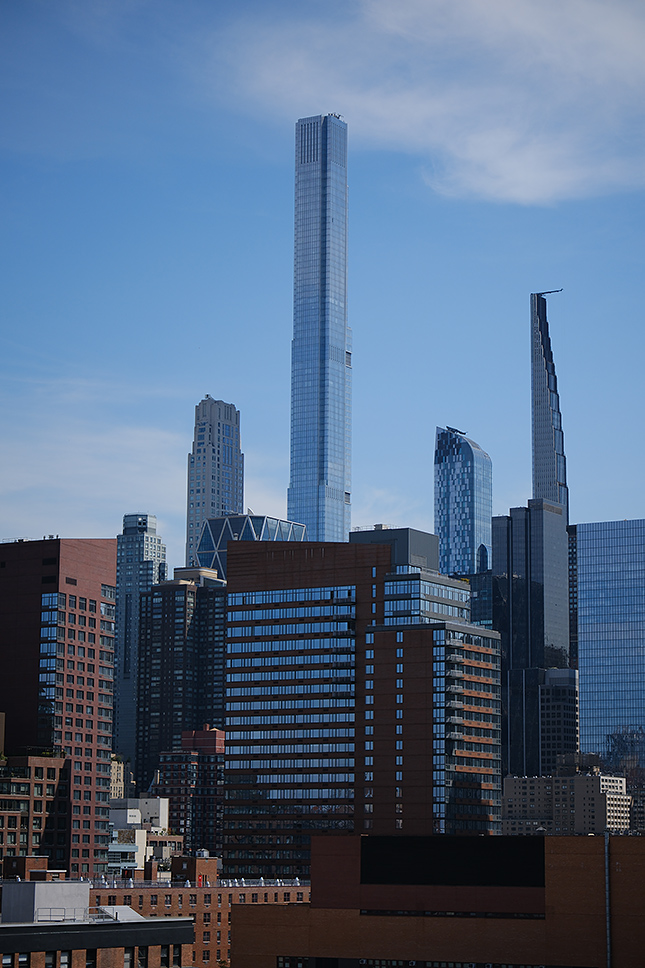
We can't wait to get our hands on a review sample and begin our full in-depth review, but in the meantime, if you want an initial peek at the image quality from Fuji's new 40MP flagship X Series camera, please check out our Fuji X-H2 Gallery!